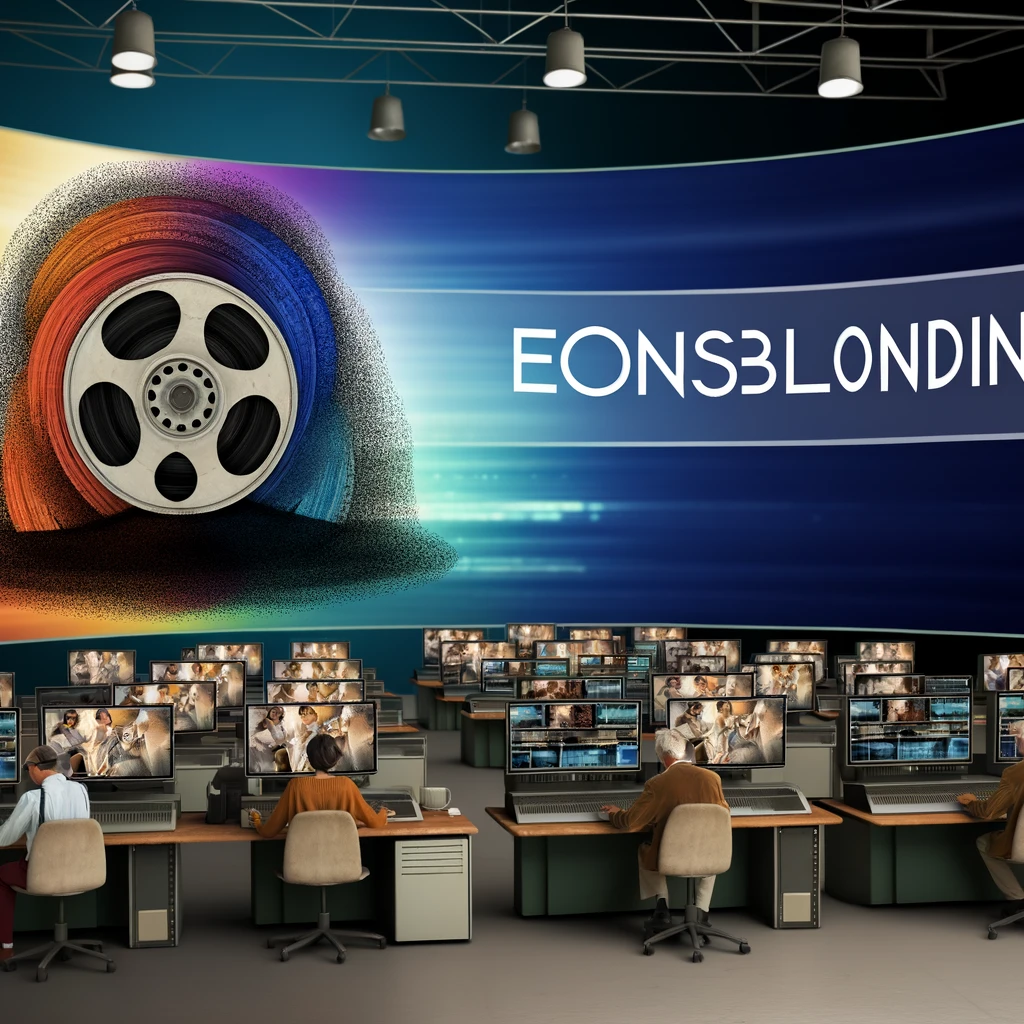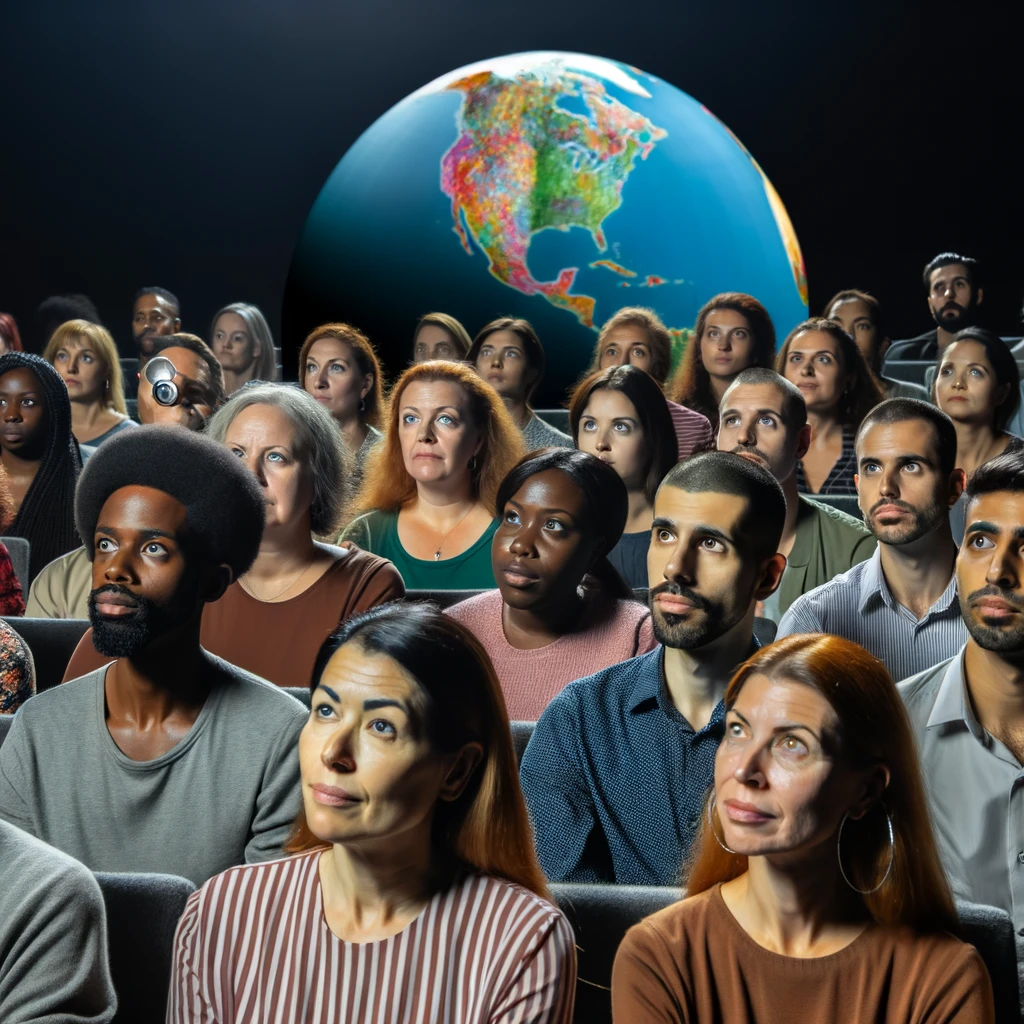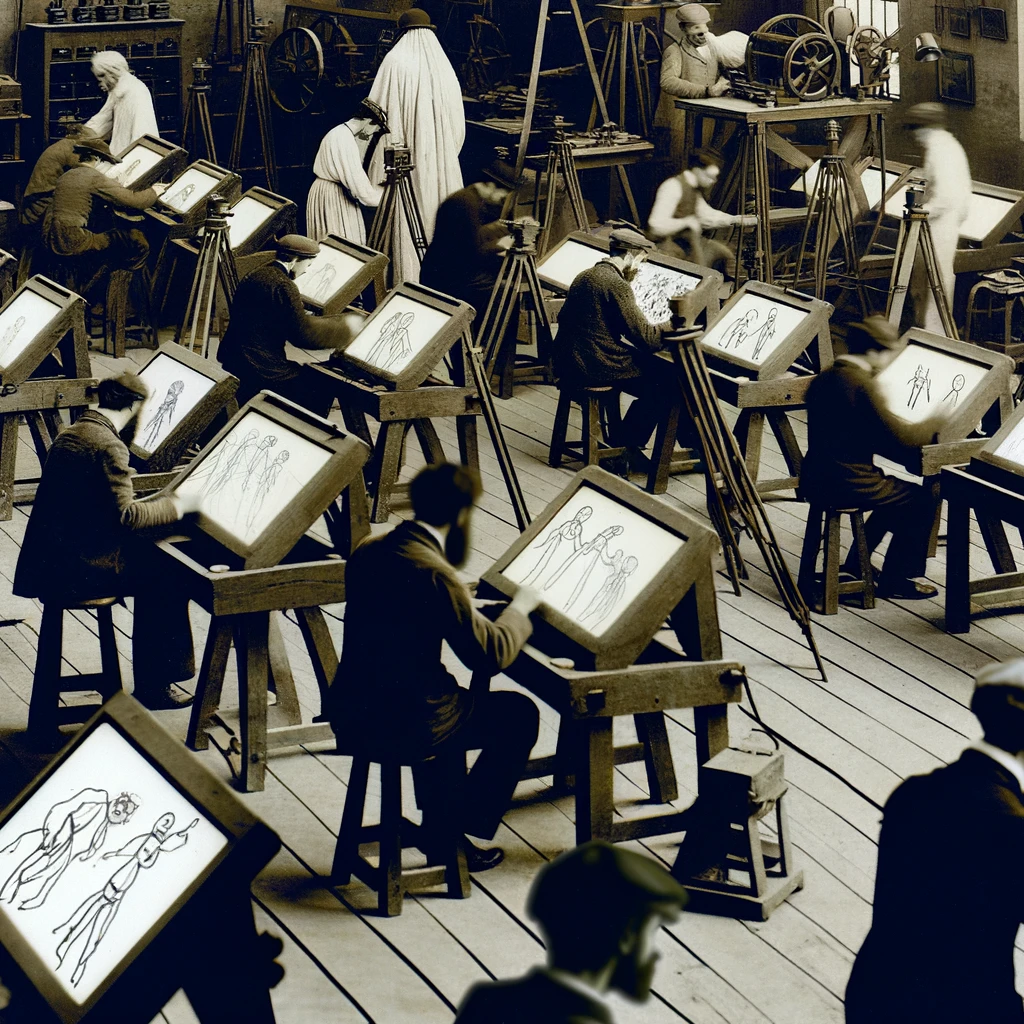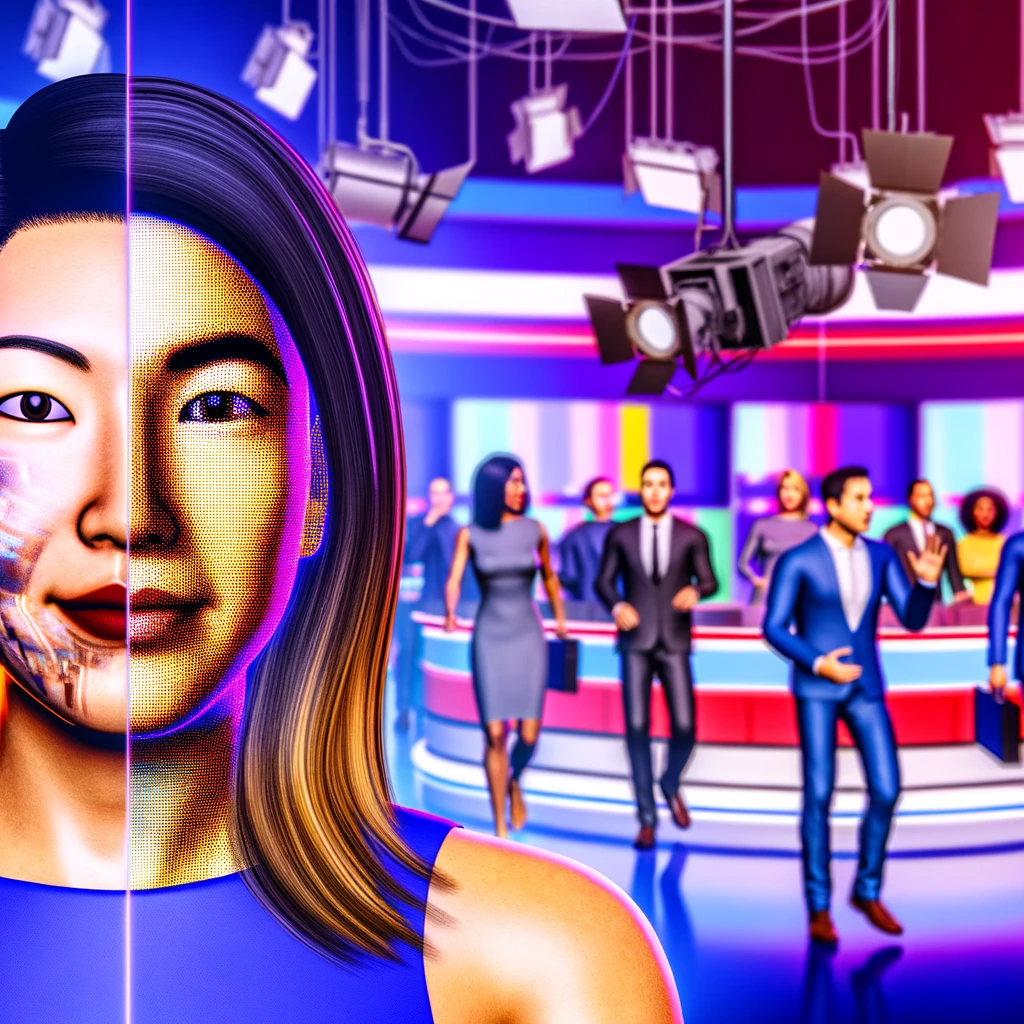
Preserving Classic Cinema in the Digital Age
As technology continues to evolve at a rapid pace, the significance of preserving classic cinema becomes increasingly critical. Classic films are not merely entertainment; they are cultural artifacts that offer a window into the past, reflecting societal values, artistic trends, and technological advancements of their time. In the digital age, preserving these cinematic treasures poses both challenges and opportunities.
The Importance of Film Preservation
Classic films hold immense historical, cultural, and educational value. They allow audiences to gain insights into various eras, understanding the evolution of storytelling, cinematography, and technology. Preserving these films ensures that future generations can experience and learn from them. Moreover, films are a crucial part of the cultural heritage of nations, representing the artistic expression and identity of different cultures.
Challenges in Preserving Classic Films
Film preservation faces several challenges. Traditional film reels are susceptible to physical degradation over time due to factors such as humidity, temperature fluctuations, and the inherent chemical instability of film materials. Additionally, the equipment required to project these films is becoming obsolete, making it difficult to view and digitize older films.
Financial Constraints
Preservation projects are often costly. The process of restoring and digitizing films requires significant financial investment, which can be a barrier for many institutions and organizations. Funding for preservation is frequently limited, leading to difficult decisions about which films to prioritize.
The Role of Digital Technology
Digital technology offers innovative solutions to the challenges of film preservation. Digitization allows classic films to be stored in digital formats, which are less susceptible to physical degradation. High-resolution scanning and restoration techniques can enhance the visual and audio quality of classic films, making them more accessible to modern audiences.
Digital Restoration Techniques
Advanced digital restoration techniques can repair damage to film frames, correct color degradation, and remove scratches and other imperfections. These processes require skilled technicians and sophisticated software, underscoring the need for specialized knowledge and technology in the preservation field.
Accessibility and Distribution
Digitizing classic films not only preserves them but also makes them more accessible. With digital formats, films can be easily shared and distributed globally, reaching wider audiences through streaming platforms and online archives. This increased accessibility helps preserve the cultural significance of classic cinema, allowing people around the world to appreciate and learn from these works.
The Future of Film Preservation
The future of film preservation lies in continued advancements in digital technology and increased collaboration among institutions, filmmakers, and technologists. Establishing global standards for digitization and restoration, alongside efforts to secure funding and support, will be crucial in ensuring the longevity of classic cinema.
As we look to the future, the preservation of classic films will require a balance between honoring the past and embracing modern technology. By doing so, we can ensure that the magic of classic cinema endures for generations to come.
Related Articles





